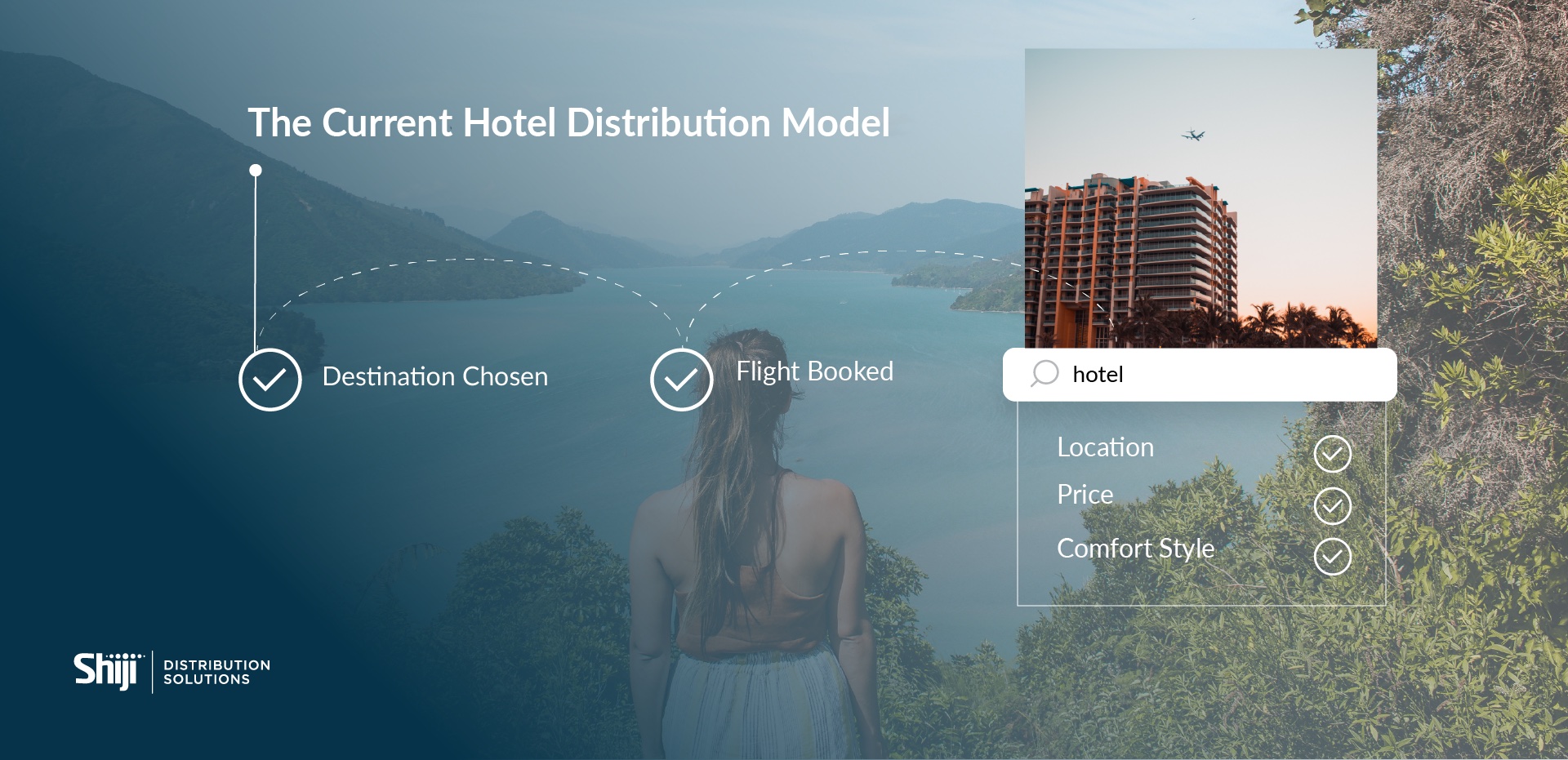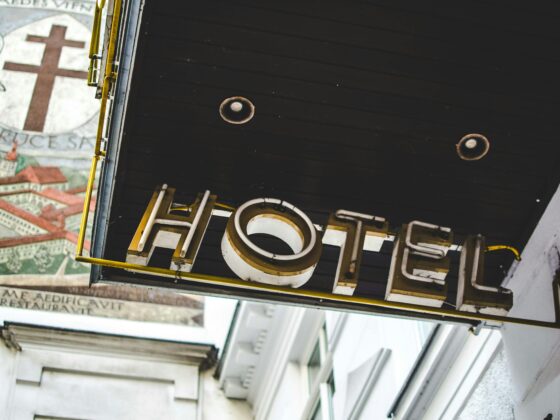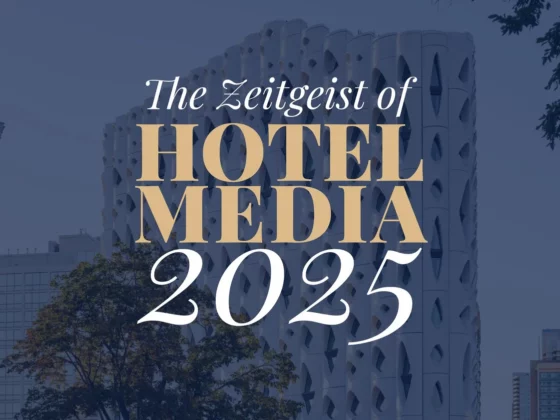Hotel distribution is beginning a journey of large transformation that will fundamentally change the way they distribute their inventory. This change has been years in the making but is beginning to gain traction only today. It is called the Attribute-Based Selling (ABS, for short).
At its core, it is a different way of bundling/unbundling hotels inventories into multiple smaller attributes, so that guests can search for specific characteristics rather than just a hotel.
This change will fundamentally shift many pieces of hotel distribution and marketing methods, but it will also require multiple levels of integration. In order to stay relevant, PMS, OTAs, and Booking Engine companies (just to name a few), will have to adapt and evolve with this new way of selling.
The Current Hotel Distribution Model
Currently, the way most users book a hotel has been standardized to a set of patterns, sometimes referred to as micro-moments.
Travelers have a destination in mind, and they likely already booked their flight/train to the destination. They then search for a hotel that fits their needs, whose are broken into three main criteria:
1. Location (place)
2. Price
3. Style & Comfort (product)
This standardized model has worked just fine so far. It basically replaced the Status Quo of travel agents with a relatively easy filter-based booking journey, and it has been the standard since the advent of self-service hotel bookings.
But this model has not adapted to the level of personalization that guests demand and expect today. In order to provide this level of personalization, the industry will require a much more granular knowledge of guest preferences and shopping habits, in order to propose better, tailor-made solutions.
And with AI-based shopping decision growing at an ever-faster pace, these preferences and shopping habits will feed the artificial assistants with relevant data.
With the current, filter-based model, when travelers ask their travel assistant to help with choosing a hotel in a new city, for example, the assistant has very few attributes to choose from. And the same happens with OTAs: when asked to suggest hotels, users end up with a list of hundreds of properties in a given city. On the other hand, if these systems know travelers’ preferences, it can propose relevant options, removing a lot of the friction involved in booking a hotel.
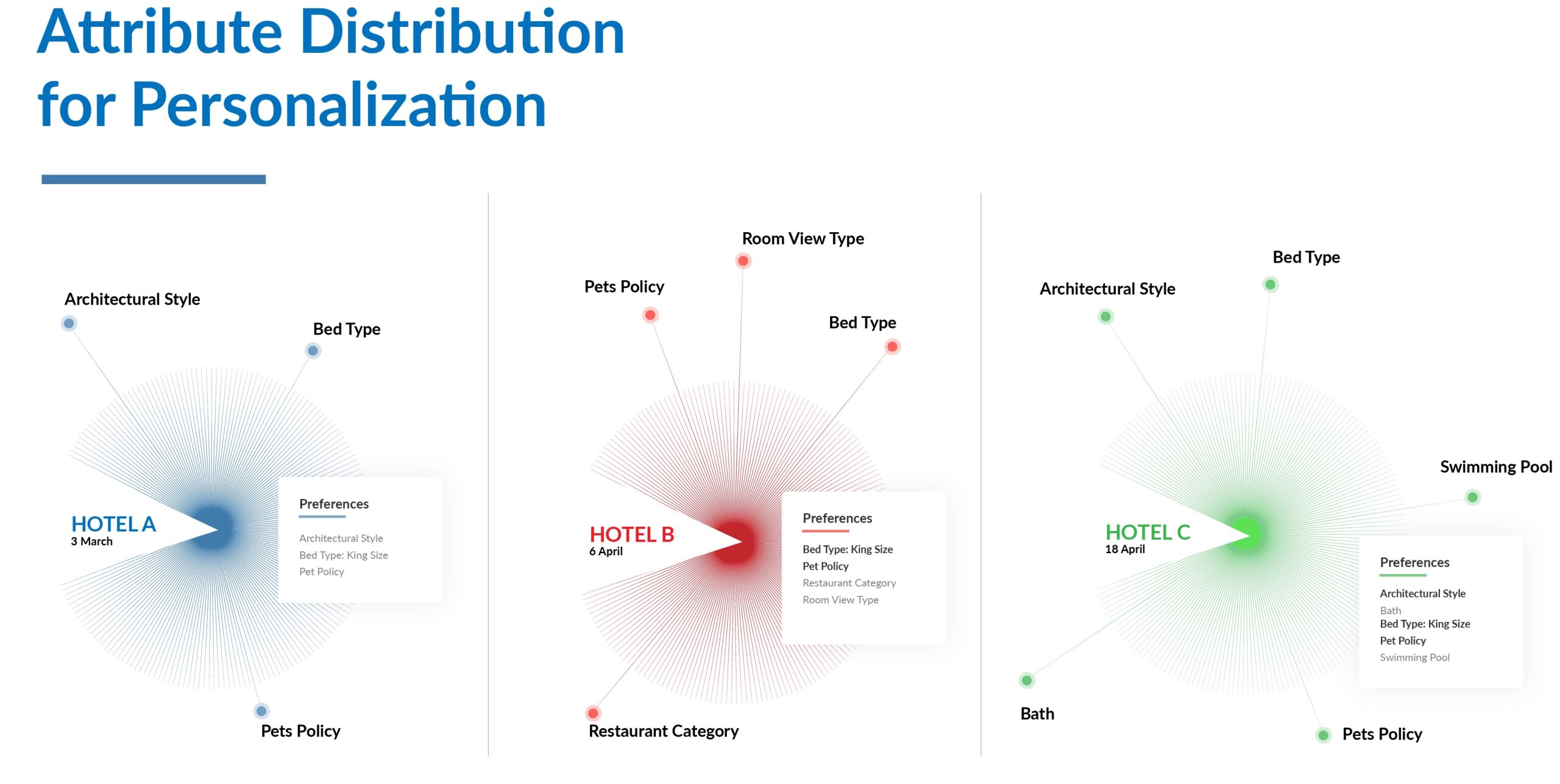
How Attribute-Based Selling works
By breaking down a hotel’s services into dozens of smaller units, each one with their own inventories and costs. With the current model, travelers are limited to choosing Room Type or Rate Plan-only, and have to rely on a pre-set of attributes, generated by a hotel or a distributor but not a standard list. With ABS, on the other hand, travelers can create their unique version of the travel experience.
When booking a hotel, for example, travelers will not see their final room up until the moment they fill their shopping carts with all the chosen attributes. The system, only then, will bundle the room up and assign it.
If a traveler is looking for a room with, let’s say, a King Size bed, a view on the sea and a balcony, the system will price each attribute separately and respond with the final rate.
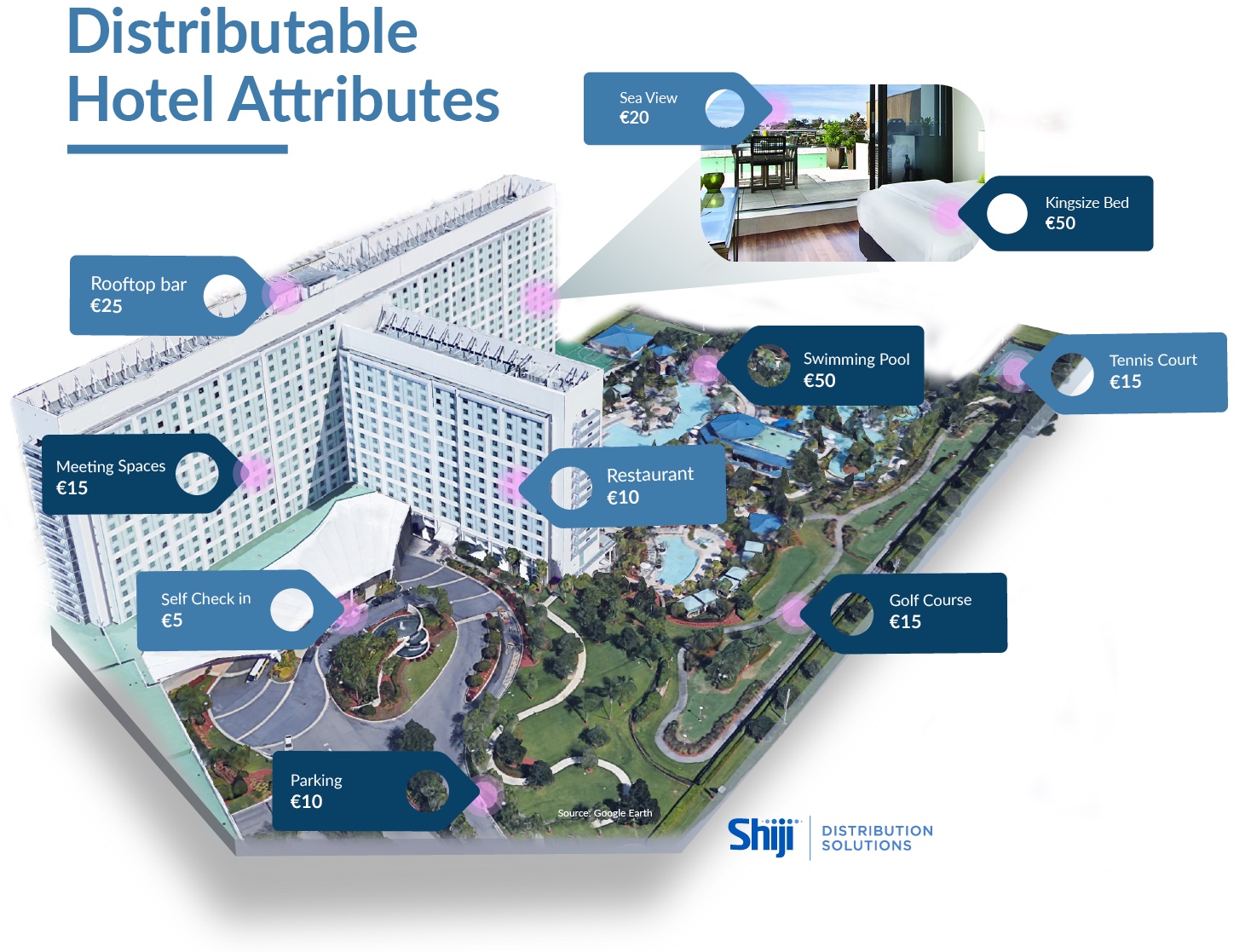
The attribute model is completely transparent to the final users, that will be able to break down the room value and know exactly how much each attribute contributed to the final room price.
A typical room rate elaborated by an ABS system could look somewhat like this:
| Attribute | Price | |
|---|---|---|
| Basic Room | $50 | |
| + King Size Bed | $42 | |
| + Junior Suite upgrade | $30 | |
| + Gigabit WiFi | $10 | |
| + Sea View | $20 | |
| + Breakfast | $20 | |
| + Non Refundable | -$10 | |
| Final Price | $162 |
From Airline Industry to Hospitality
ABS seems revolutionary, yet is nothing new. The airline industry has already shifted to it over a decade ago. During the 2008 edition of PhocusWright Travel Innovation Summit, Sabre presented an electronic reservations system, with the aim of helping “travel agents and consumers navigate the plethora of travel content available today” and make it easier “for the shopper to identify and select the best travel options, fully considering the optional charges”.
When travelers purchase a ticket, what they are really buying is just a seat on a plane. Ultra Low-Cost Carriers, especially, mastered the art of unbundling services that used to come with the ticket, such as baggage fees, travel insurance, speedy boarding, onboard meals or seat selection. In a nutshell: anything that has any value is sold as an added item, rather than pulled together in a bundled solution.
And if the first passengers’ reactions to this new approach may have been negative (having to pay something that used to be included in their tickets), eventually the pay-only-for-what-you-use approach became the standard in the air industry.
According to Frommers, during the first nine months of 2007, “domestic airlines collected $340 million in baggage surcharges”, but when, two years later, most major airlines began charging passengers for the first checked bag, this amount skyrocketed to $2 billion.
How Hotels Should Adapt
There is little doubt that ABS distribution systems can contribute to increased profits for the hotel industry while providing a more personalized and better experience for guests. The Hospitality industry shift seems inevitable. For this to happen, travel-tech will have to adapt.
First of all, the main notion of inventory will have to be reviewed. Currently, the information sent/received by PMS, channel managers, metasearch ads management tools and even OTAs are basically only two: room type and rate plan. With attributes, the amount of information that will have to transit between channels will grow exponentially.
Secondly, the industry will have to agree on a standard code list of attributes. Currently, the most widely used set is the one developed by OpenTravel Alliance.
Other associations involved in evangelizing the adoption of this standard set of attributes are important associations such as HTNG and HEDNA. The latter, especially, just recently announced a joint effort between all these associations to develop a Unique Global Identifier. Thanks to UGI, every hotel in the world will be registered in a single master database with info about its franchise, location, type of property and so on. Nonetheless, even though the OTA standard is extensive and widely used in the Industry, it is still not universally adopted.
Third, hotels will have to be consistent with updating their attributes. This sounds easy on paper but, with hundreds of attributes such as Bed Type (BED), Guest Room Info (GRI), Main Cuisine Code (CUI), Meeting Room Code (MRC), Pets Policy Code (PET) and Room View Type (RVT) the risk of having obsolete information is extremely high. Let’s say, for example, that a hotel swimming pool will be under maintenance for the next 6 weeks; not updating this attribute will negatively impact the guest experience, as travelers won’t be able to enjoy an attribute they paid for.
Fourth, the industry will have to agree to a sweet spot in creating attributes, offering relevant options to guests, but not so many that the booking process becomes too complicated and creates shopping paralysis. “Saying there’s a refrigerator or kitchen in the room could be driven by an attribute, but if you start giving the consumer so many choices, there is a resistance point in the sale, and it’s just not going to work”, said Iain Saxton, Amadeus senior vice president of product management for CRS and PMS, interviewed by Mitra Sorrells last July.
Conclusion
Since the introduction of ABS model, ancillary revenue for airlines has become an extremely profitable source of revenue, spiking by 312% over the last 8 years. Adopting ABS in Hospitality is a logical next step, and even though there will likely be challenges to overcome during the process, the long-term reward will be worth it.
